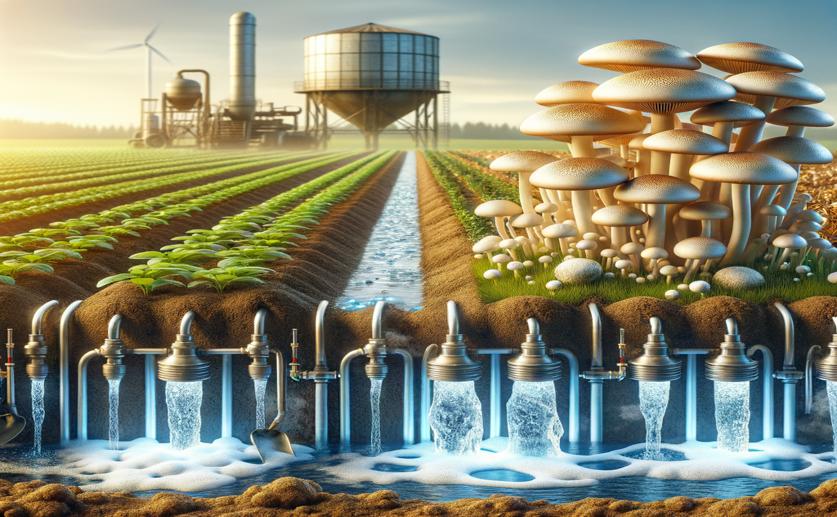
Boosting Soil Nitrogen Using Mushroom-Based Water Treatment
Jenn Hoskins
17th June, 2024

Image Source: Natural Science News, 2024
Key Findings
- The study from the University of Illinois Urbana-Champaign explored using HTL-AP to enhance crop growth by increasing its inorganic nitrogen content
- Trametes versicolor fungus was used to treat diluted HTL-AP, significantly increasing nitrate and ammonium levels after three days
- The inclusion of nitrifying bacteria in the fungal treatment process doubled the nitrate concentration compared to fungal treatment alone
EnvironmentSustainabilityMycology
References
Main Study
1) Hydrothermal liquefaction aqueous phase mycoremediation to increase inorganic nitrogen availability.
Published 15th June, 2024
https://doi.org/10.1016/j.heliyon.2024.e31992
Related Studies
2) Review on hydrothermal liquefaction aqueous phase as a valuable resource for biofuels, bio-hydrogen and valuable bio-chemicals recovery.
3) Biological systems for treatment and valorization of wastewater generated from hydrothermal liquefaction of biomass and systems thinking: A review.
4) Biological conversion of the aqueous wastes from hydrothermal liquefaction of algae and pine wood by Rhodococci.



 12th June, 2024 | Jenn Hoskins
12th June, 2024 | Jenn Hoskins